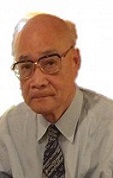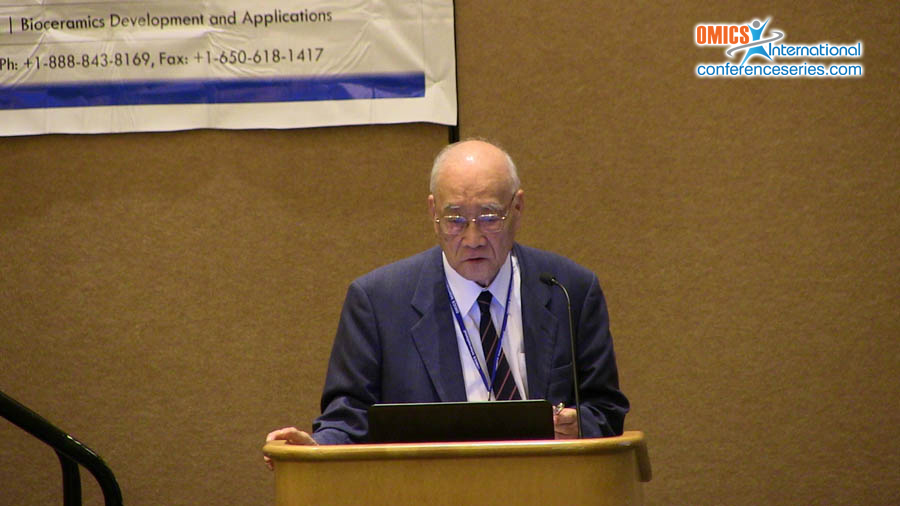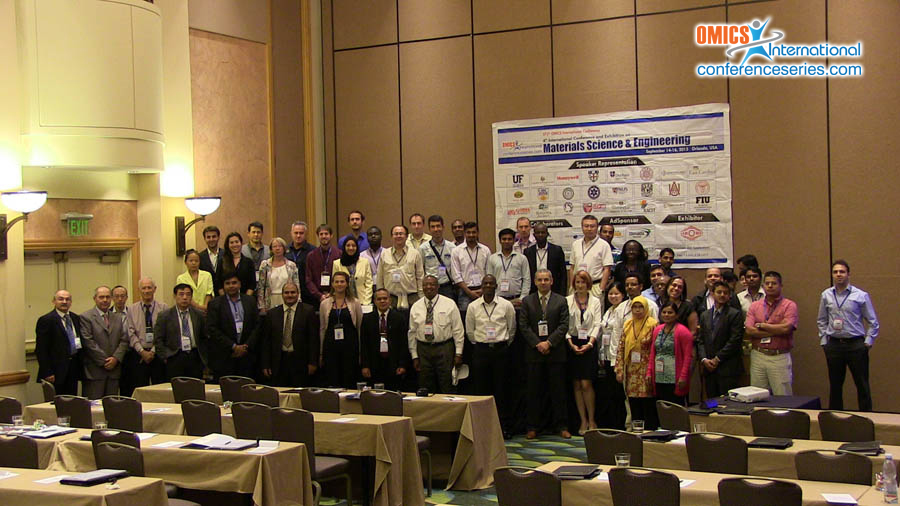
Haruo Sugi
Teikyo University, Japan
Title: Electron microscopic visualization and recording of myosin head power stroke producing muscle contraction using the gas environmental chamber
Biography
Biography: Haruo Sugi
Abstract
Muscle contraction results from relative sliding between actin and myosin filaments, which in turn is produced by attachment-detachment cycle between myosin heads extending from myosin filaments and corresponding sites on actin filaments. Although myosin heads are believed to repeat power and recovery strokes coupled with ATP hydrolysis to produce the filament sliding, the amplitude of myosin head strokes still remains to be a matter of debate and speculation. As early as the late 1980’s, we started using the gas environmental chamber (EC) to visualize and record myosin head motion coupled with ATP hydrolysis, in hydrated actin and myosin filament mixture mounted in the EC. We first determined critical incident electron dose not to impair function of myosin head to be ~10-4C/cm2. Based on these absolute limitations, we observed hydrated myosin filaments, in which myosin heads were position-marked with colloidal gold particles via various antibodies to myosin head. ATP was applied by passing current through an ATP-containing microelectrode. On ATP application, individual myosin heads were found to perform reversible power stroke. The amplitude of power stroke was ~3.3nm at the distal region of myosin head catalytic domain, and ~2.4nm at the myosin head converter domain. Since only a small proportion of myosin head could be activated with applied ATP, the Ca2+-activated myosin heads had to perform power stroke without causing gross filament sliding, i.e. in the isometric condition. At low ionic strength, the amplitude of myosin head power stroke increased to >5nm, in good agreement with our finding that, in Ca2+activated muscle fibers, the force generated by individual myosin heads increases two fold. We emphasize that our work constitute the first success in visualizing and recording myosin head power stroke electron microscopically.



